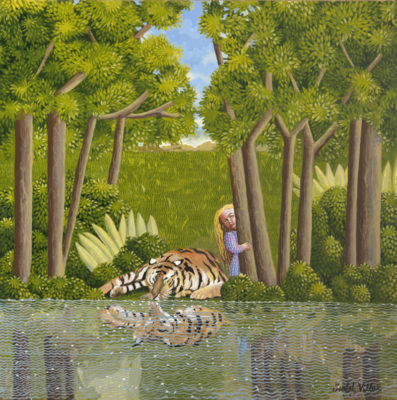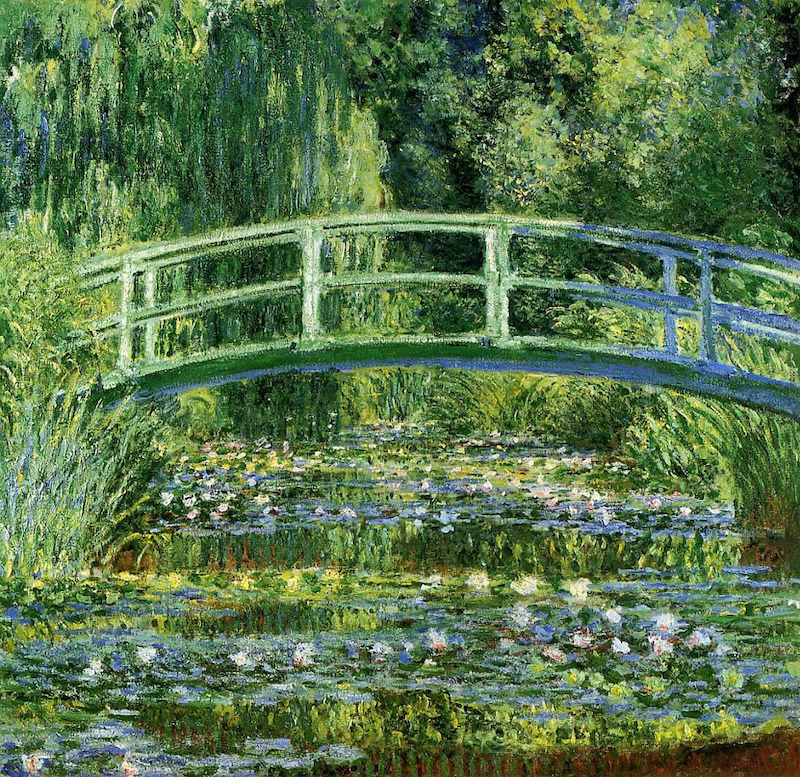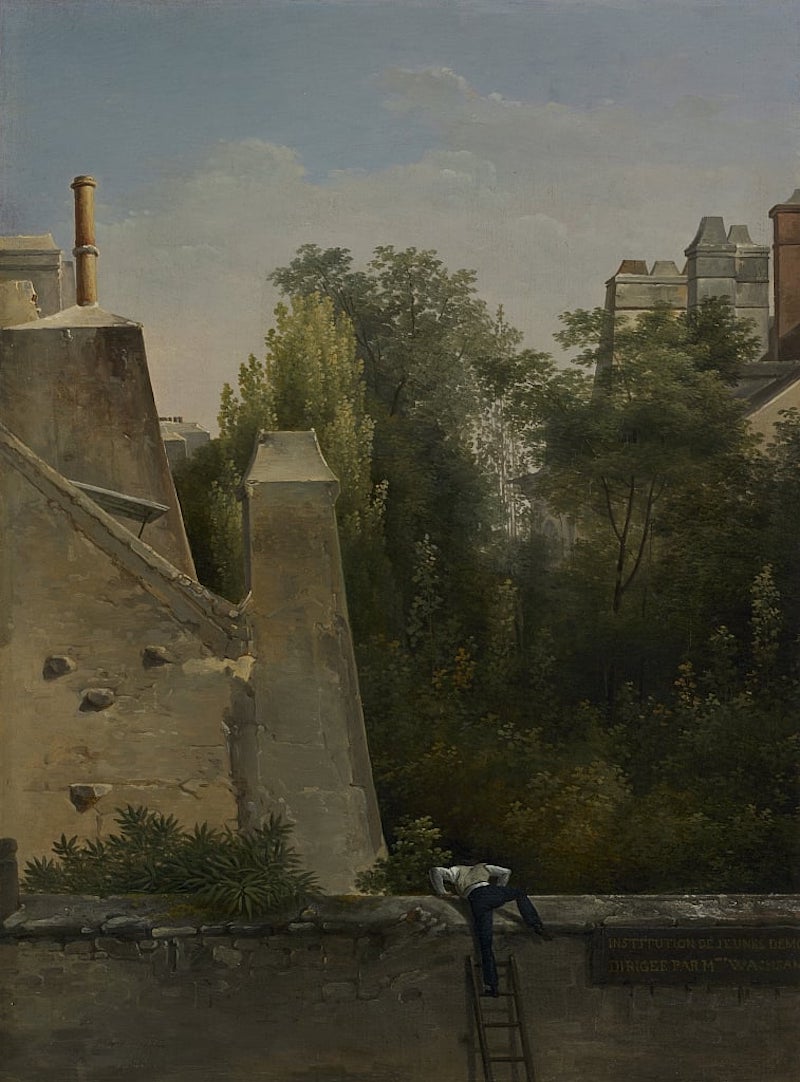Search
To search for an exact match, type the word or phrase you want in quotation marks.
A*DESK has been offering since 2002 contents about criticism and contemporary art. A*DESK has become consolidated thanks to all those who have believed in the project, all those who have followed us, debating, participating and collaborating. Many people have collaborated with A*DESK, and continue to do so. Their efforts, knowledge and belief in the project are what make it grow internationally. At A*DESK we have also generated work for over one hundred professionals in culture, from small collaborations with reviews and classes, to more prolonged and intense collaborations.
At A*DESK we believe in the need for free and universal access to culture and knowledge. We want to carry on being independent, remaining open to more ideas and opinions. If you believe in A*DESK, we need your backing to be able to continue. You can now participate in the project by supporting it. You can choose how much you want to contribute to the project.
You can decide how much you want to bring to the project.

I will open this text as I would a door, with an image behind a threshold. Behind a white wall, through a green door, a lush garden, almost a forest, appears. Some animals live in this garden: there are spotted panthers, old and dark trees, sumptuous marble benches, statues, pigeons, laurels, some parrots and a sundial rimmed by flowers. Once inside, the image of the city fades away until it completely disappears. “Always, facing the image, we are facing time”, Georges Didi-Huberman tells us. “But what kind of time? What art and what fractures, what rhythms and what shocks of time can be dealt with in this opening of the image?”
This opening image with which the text begins is actually the description of the garden in H. G. Wells’ The Door in the Wall. The protagonist of the tale, Lionel Wallace, narrates his experience in a garden that he enters through a green door. Inside the garden, Wallace experiences a home coming; every time he enters, he loses all reference to time, which stops, slows down, goes back and ties itself into knots. However, when he leaves, everything is exactly the same as before. Again, noise, acceleration and urgency rule: time marches forward vertiginously. However, Wallace knows that, behind the door, time has its own laws and that, in the garden, other temporalities are possible.
As in the story, a garden has the ability to displace, distort and even suspend time. Gardens fight with and against time, which gives them their radical anachrony and their vibrant heterochronic character. Certainly, as Lorette Coen states, “gardens are the art of time.” In a garden, linear temporality becomes broken: time unfolds, folds, and breaks. The garden as art, as Javier Maderuelo proposes, is a place built by man to become a home, but at the same time it always retains a centrifugal character, inspiring the desire to inhabit a better world and our escapist fantasies. If Foucault defined the garden as a heterotopic space, a place outside of any place, Jean Fisher expresses the powerful heterochrony and anachrony that runs through a garden, and affirms that it always “is a time outside of time […] that momentary state of suspension, where the limitations of institutionalized thought dissolve and give way to the play of other imaginative and, until then, unimaginable possibilities, of the self, of reality.”

Claude Monet, Les Nymphéas Blancs, 1899
Hand in hand with the garden, concerns of contemporary curatorship tend towards the search for a symbiotic interrelation between art works, and also between art work and the visitor: a shared time. In this way, heterochrony, when it occurs, comes to life as a meaning or experience of the common work, articulated between artist and viewer, like a garden that is always open and plural, like a garden to be discovered. In this garden, one’s identity is diluted and becomes part of the environment. The visitor merges and becomes confused with the trees and flowers, with the shadows that embrace him and the branches that intertwine with his body. He ceases to be the owner, for a time, of his time, of himself, and begins to live, as Horacio proposed, in a sweet deceit.
Thus, it is not wrong to affirm that the garden is, or can become, that it must become, a perpetually anachronistic, dislocated place, one which no longer fits in as a refugeto return to, areturn home, and also a space to inhabit in the most convoluted and exciting heterochrony, the cohabitation and confusion of multiple temporalities. Art can, it must, play with this possibility in order to create powerful fictions where everything takes place under new space-time coordinates, where the individual becomes intertwined with the environment and is lost through time. Sometimes, though, this does happen, in which others only “dress up as a garden” to serve as decoration, to amuse and surprise the spectator who is passing through or who tries to enjoy an immersive experience, under the guise of novelty.
The exhibition Teatro Jardín Bestiarium (Theater Garden Bestiary, 1989) comes to mind. Curated by Chris Dercon, it was installed with a desire to overcome the traditional notion of a group exhibition in which artists present works separately, in order to instead reinforce the permeability of the common, thus emphasizing the existence of a flexible and open nexus that would truly allow the viewer to participate in that garden to be discovered. In this case, the garden as speculative fiction offered the possibility of generating an “invertebrate” exhibition.

Antonio Pierre Monguin, Le curieux, 1823
But it´s not always like that. Many times, the garden weakens, with only its landscaped, colorful and bright appearance preserved. As Rosario Assunto criticizes in Ontología y teleología del jardín (Ontology and Teleology of the Garden), blind utilitarianism ends up ruining and destroying gardens. Many times, in contemporary art, these pseudo-gardens proliferate, disguised as other spaces, but which are only intended for consumption and entertainment. “Who is the garden for when culture has already established itself as the great global park?” asks Jorge Luis Marzo.
It is symptomatic to reread Estética relacional(Relational Aesthetics, 1998) by Nicolas Bourriaud and see how, when a garden is alluded to, it is to refer to its ability to become decoration. Thus, he speaks of the garden to justify the premise that the exhibition has become the basic unit, to the detriment of the individual work, and to argue the supposed change of paradigm from the “exhibition-store” to the “exhibition-decoratiion.” This is when he brings up the exhibition Jardín de invierno (Winter Garden, 1975) by Marcel Broodthaers, which the artist himself had conceived as an outline of the idea of decoration.
Actually, I only intend to point out the perverse nature that often involves “inhabiting,” “creating,” “activating” or “claiming” the garden, whether by the artist or the curator on duty. In many cases, the heterochrony becomes blurred, flattened and extinguished, like that homogeneous and empty time that Benjamin spoke of, and the anachronism, the ability to escape from time, from the world, and return to the origin, becomes a fun experience, which leaves us with a comforting aftertaste that lasts for a while, like a refreshing soft drink.
This new condition of the garden at the service of “experience” denies the true ontology of the garden as a space-time where anything can happen and nothing is set a priori, and where linear time gets entangled and breaks down. When the garden appears as decoration and a fetish of nature, as an alienating simulacrum, it offers itself as an accomplice to a type of artistic proposal destined for solipsistic consumption. Under the careful tutelage of the relational artist that Bourriaud invoked, the cultivated garden unfortunately takes on the status of a police garden where, without the need to be made explicitly, the orders are always pre-set, like “a place in which a gardener controls yours and weeds and directs growth towards pious and wonderful forms,” as Martha Rosler points out. Against this police and spectacular garden, as frequent as it is insubstantial, we can now imagine expressions or manifestations of that other garden that lies behind the white wall when we open the green door: the garden to be discovered.
(Cover image: Isabel Villar, Tigre bebiendo, 2020)

Manuel Padín reflects on contemporary cultural and artistic phenomena beyond the academic framework. To do so, it tries to put into practice a critical thinking that operates from the margin and an attentive look towards those events that remain in the shadows
"A desk is a dangerous place from which to watch the world" (John Le Carré)